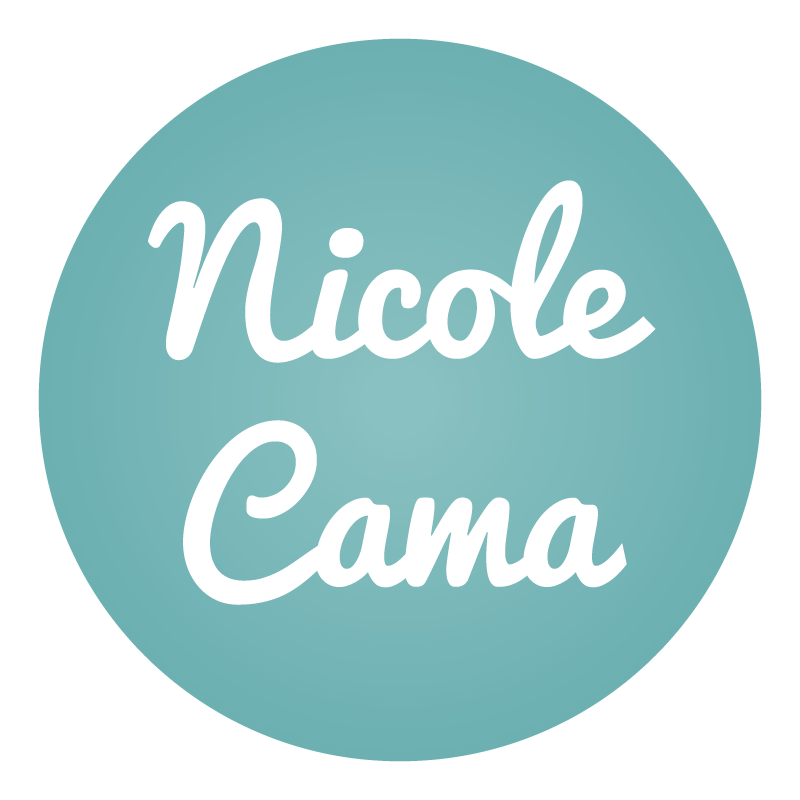It’s summertime and as the temperatures rise, Sydneysiders will no doubt be flocking to the city’s famous beaches. This morning for 2SER Breakfast, I thought I’d talk to Mitch about our love affair with sea bathing and how our ocean pools have played a crucial role in our beach-loving culture.
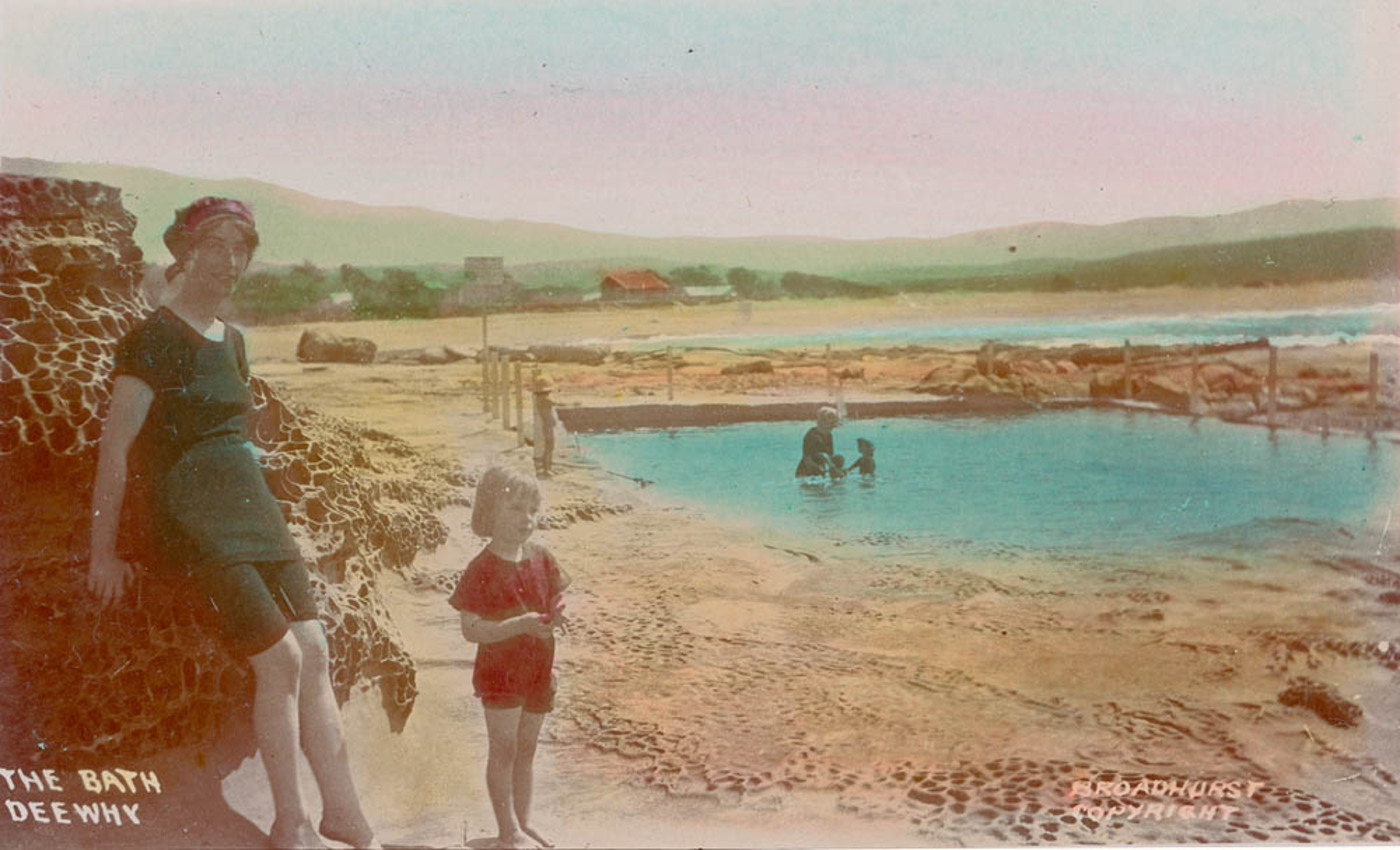
The Bath, Dee Why c 1900, State Library of NSW
By the late 19th century, Sydneysiders were increasingly turning to our coastal areas to cool down during the warmer months. While Manly offered sea-bathing in its harbour baths, the pools in Coogee, Bronte and Bondi beaches offered the safest sea-bathing option. In those days, few people wore bathing costumes and there was fierce debate about what constituted appropriate swimwear in the first place.
In order to safeguard the respectability of sea-bathers, councils provided gender-segregated sea baths which screened bathers from view during daylight hours. By 1886, Coogee Beach had a women’s only pool, today the only surviving single sex pool in the country. It also had a men’s only pool on the other side of the beach. Waverley Council decided to allocate separate hours for men’s bathing and women’s bathing at their supervised pay-to-use ocean pools at Bondi and Bronte beaches, and it required all bathers wear costumes.
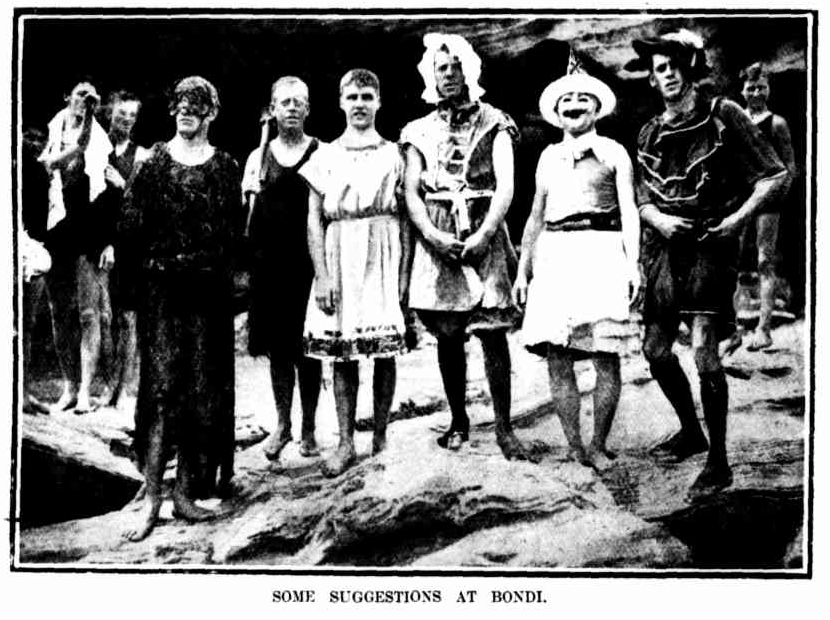
‘Some suggestions at Bondi’, in Sydney Mail, 23 October 1907, Trove
But on 20 October 1907, Waverley, Manly and Randwick councils faced criticism when thousands of men dressed in ladies clothing gathered at Bondi, Manly and Coogee beaches. They were protesting against the councils’ proposal requiring men to wear a skirt-like tunic when swimming at all times. Newspapers called it ‘Burlesque at Bondi’, as ‘bathers in arms’ and ‘skirt brigades’ commandeered garments belonging to their sisters and wives, and made a mockery of the proposed dress code. In the end, the ‘salt water kilt’ was not enforced on the city’s bathers!
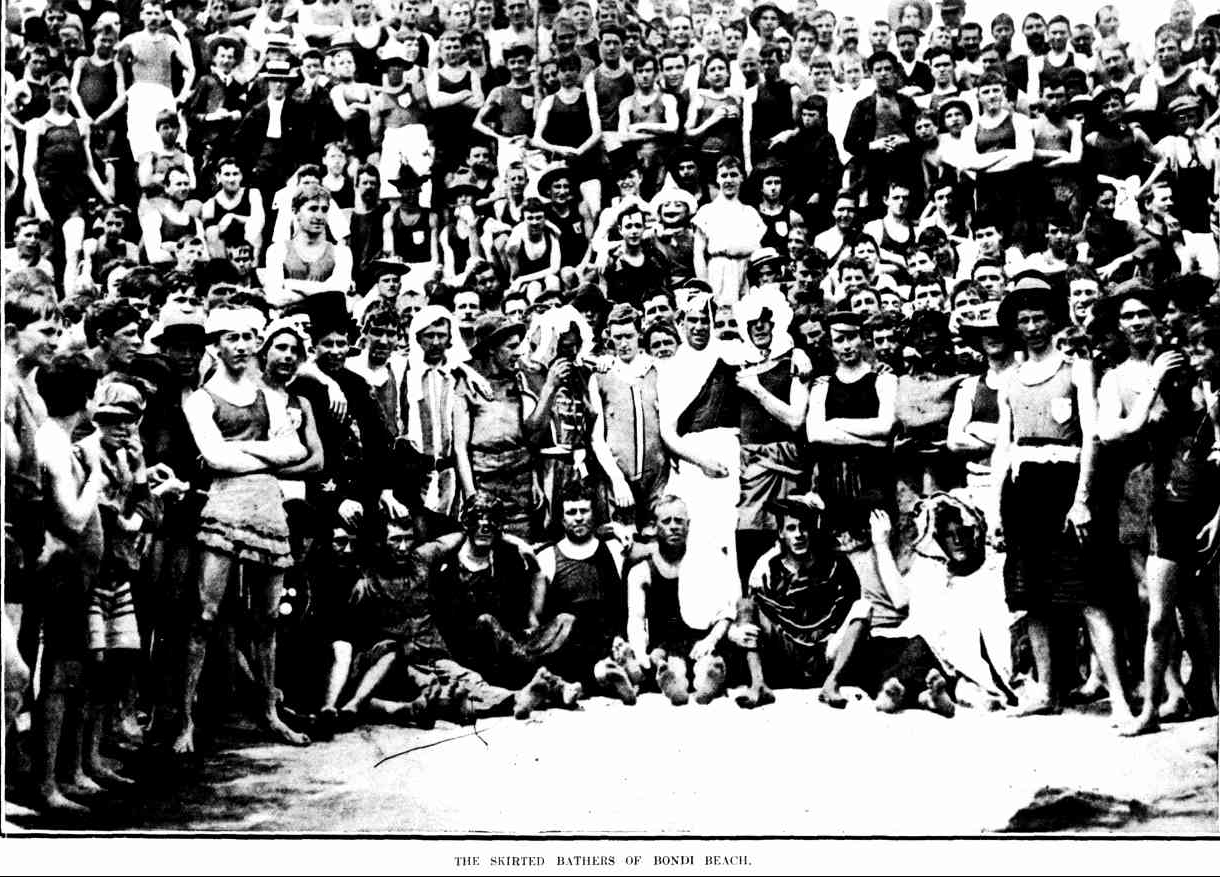
‘The skirted bathers of Bondi Beach’, in Sydney Mail, 23 October 1907, Trove
Men’s swimming clubs sprung up in the 1890s and Bondi and Bronte hosted swimming carnivals which included diving events and water polo matches. These events nurtured the development of the lifesaving movement, with Bronte and Bondi beaches both hosting Australia’s earliest lifesaving clubs.
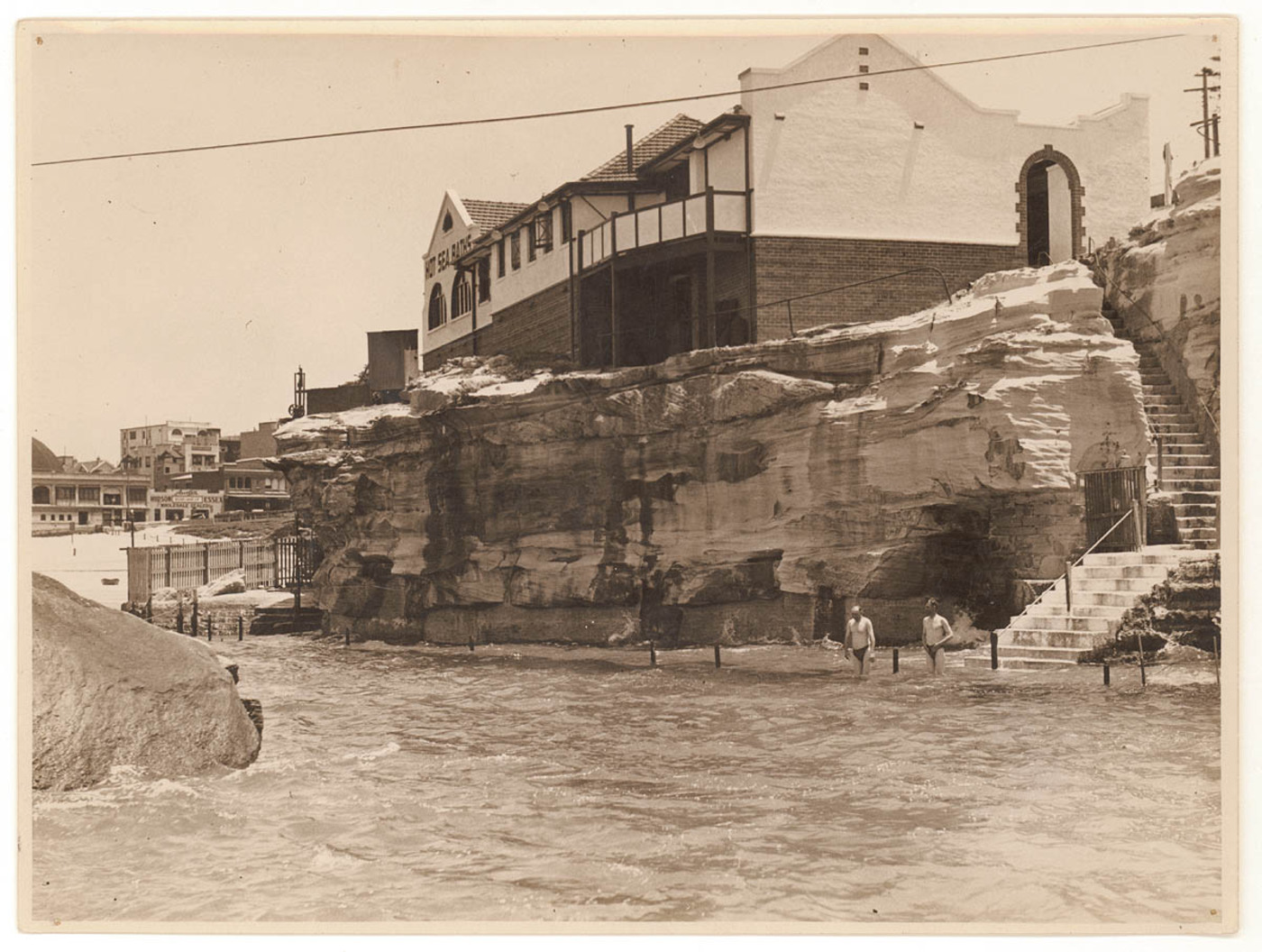
Giles’s Hot Sea Baths, Coogee, 1930s, State Library of NSW
From the early 1900s councils permitted daylight bathing in public view, provided swimmers wore approved costumes. This did not lessen the demand for ocean pools; as a safer swimming environment, it still appealed to beachgoers. Wylie’s Baths at Coogee Beach was its third pool, and opened in 1907 as a gender-segregated, pay-to-swim pool. While sunbathing in public view remained prohibited, the bath’s change sheds offered a venue for sunbathing. Gradually, Wylie’s Baths became one of the first ocean pools to offer mixed or family bathing.
From 1907, formally organised surf lifesaving clubs begun patrolling Sydney’s most popular surf beaches in daylight hours. But as they were operated by volunteers, their patrols were limited to weekends and public holidays, which meant ocean pools continued to provide beachgoers with the best protection against sharks and rips.
The popularity of ocean pools extended throughout the early 20th century, but from the 1970s, the pollution of Sydney’s eastern beaches by sewage and industrial waste decreased the support for the further development of these pools. Yet despite this, the demand for ocean pools remained quite high due to enthusiasm for fitness swimming and winter swimming clubs. Today, Sydney’s ocean pools remain a popular spot not only for swimmers, but for photographers, drawn by the prospect of that perfect sunrise capture.
Listen to my segment at 2SER radio and read the original article by Marie-Louise McDermott at the Dictionary of Sydney. For other interesting segments, see my Dictionary of Sydney project post and visit the Dictionary of Sydney blog.
